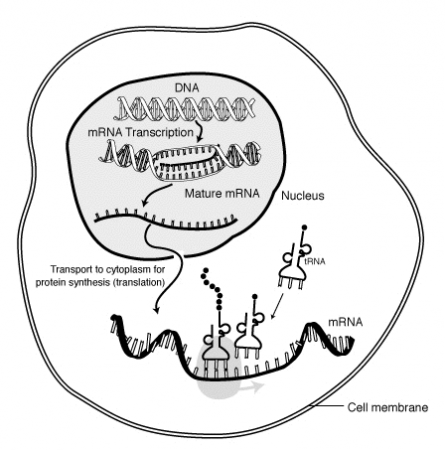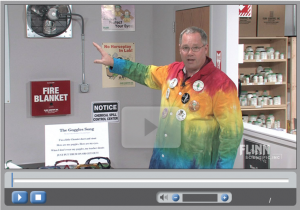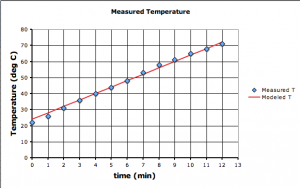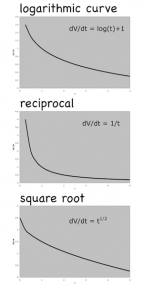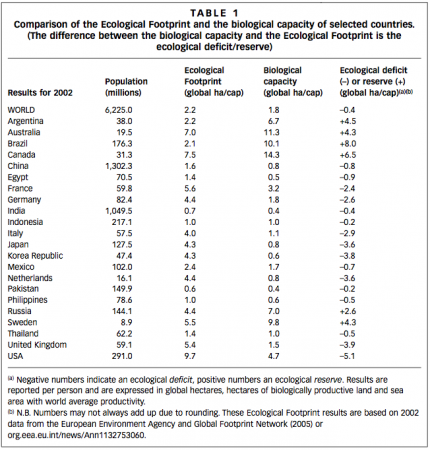In his critique of research on the beneficial-bacteria storing role of the appendix, PZ Myers includes an excellent overview of the digestive system.
When you eat something, it first goes into the stomach, where it’s treated to an acid bath, some enzymes, and a lot of muscular churning to break it up. Then it’s squirted into the small intestine, where the acids are first neutralized and more enzymes are tossed onto the watery, mushy soup that the food has been rendered down into, called chyme. The primary job of the small intestine is to suck all the nutrients out of the chyme and pass them on to the circulatory system.
Once as much of the good stuff has been leeched out of the chyme as your system can do, the soup is passed on to the large intestine …. This stuff is still very watery — if you’ve ever experienced diarrhea, that’s what it is at this point. The primary job of the large intestine is to resorb water from the waste, condensing it down into the thick, pasty glop we all know and love as excrement. The large intestine is basically the sewage treatment plant here.
— Meyers, 2009: Evolution of the appendix? in ScienceBlogs.
